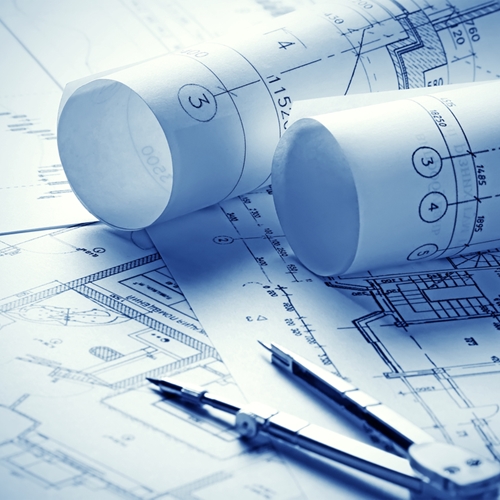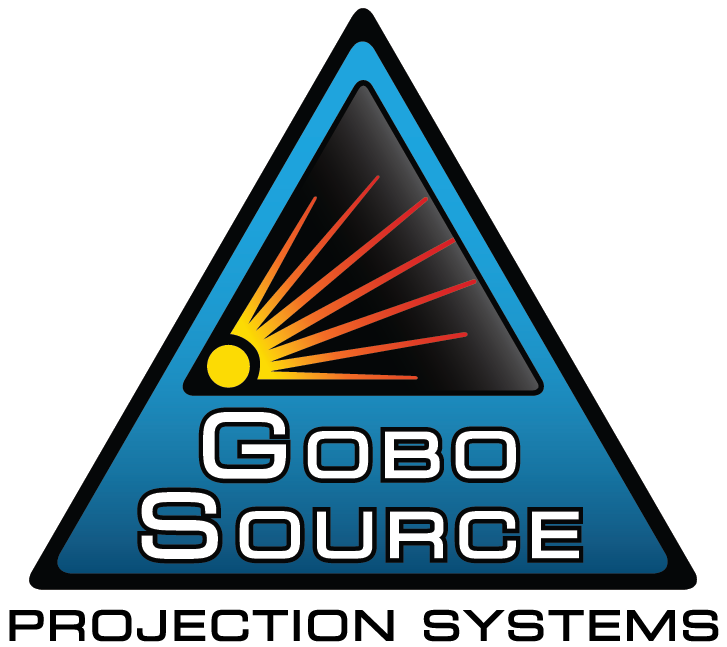
For those who work in theatrical productions, or any other situation where you'll be using a complex setup of stage lights and gobos, it's a good idea to sketch out a lighting plan that provides details on where your lights will be situated in relation to what is being lit.
This will be useful not just for you and your fellow stage designers, it will also help when you are purchasing gobos and other products where you will need accurate information about projection distances, placement, color and other data.
What do you need to create a lighting plan? Here are a few of the most important components:
- Accurate layout of the floor of the facility you will be lighting: Whether you're working on a stage production, trade show exhibit or wedding, you'll want to have an accurate map of the area. Make sure that all dimensions are clearly labeled. If you're using a rented facility, you can usually get a map of the room from the owner.
- A ceiling plan for the same room: Because many of your lights and projectors will be hung from the ceiling, you'll want an accurate map of that surface as well. Once again, it should have all dimensions, including heights.
- Ambient lighting situation: Will all lights be on or will it be dimmed down? A brightly lit room requires four times the brightness than a dim room. The ambient lighting situation should be taken into account so that you can purchase the right projector.
- List of gear: This will likely include your gobos, projectors, cans, LEDs and controller.
Once you have collected this information, you can then use it to purchase your custom gobos. At Gobosource.com, we use the projection distance to determine what kind of projector, lens and gobo size you will need, so having this all ready when you make the call will be a big help. If you have any questions about what else is needed, feel free to contact us today!
